Newegg via eBay has
512GB Team Group CX2 2.5" SATA III 3D NAND Internal Solid State Drive (T253X6512G0C101) on sale for
$29.99.
Shipping is free.
Newegg has
512GB Team Group CX2 2.5" SATA III 3D NAND Internal Solid State Drive (T253X6512G0C101) on sale for
$29.99.
Shipping is free.
Thanks to community member
armharm for finding this deal.
Product Features:- Max Sequential Read: Up to 530 MBps
- Max Sequential Write: Up to 470 MBps
- TBW (Terabytes Written): 400TB
- MTBF (Mean Time Before Failure): 1 million hours
- Interface: 2.5" SATA III (6 Gb/s)
- SLC Caching
- 3-year limited warranty
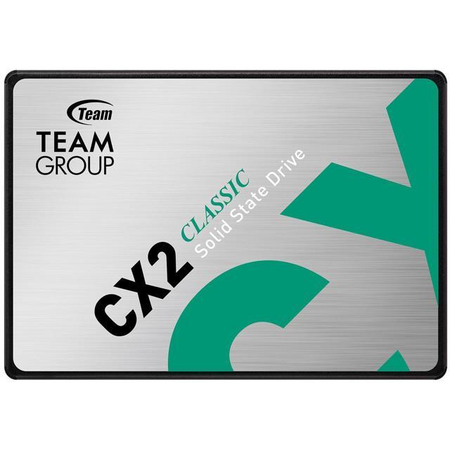
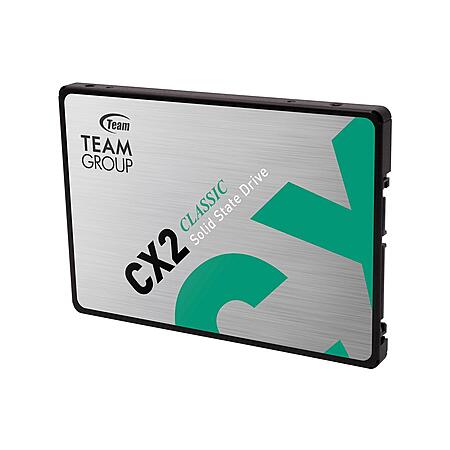
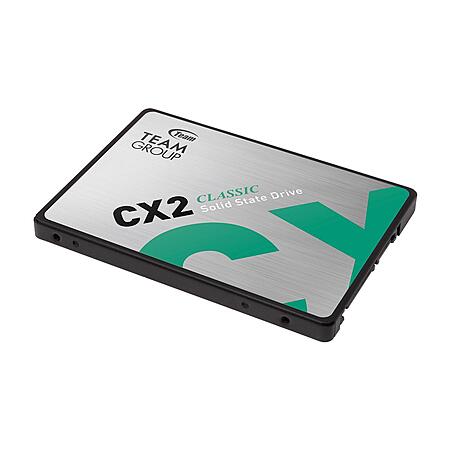
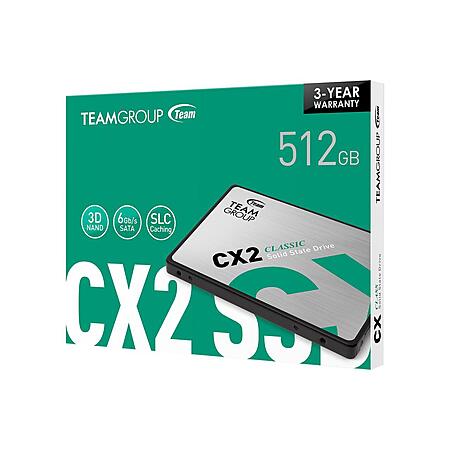
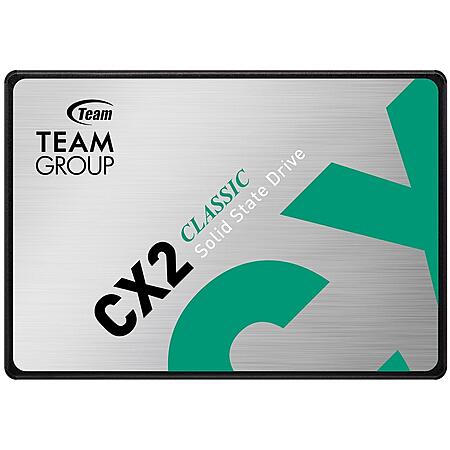





Leave a Comment
Top Comments
43 Comments
Sign up for a Slickdeals account to remove this ad.
Our community has rated this post as helpful. If you agree, why not thank TheRealWonderBoy
You could get an nvme drive and case for under $100 and have a way smaller footprint and probably faster storage. Chances are the enclosure would be more relevant in the future as 2.5" sata is becoming less common over time.
Sign up for a Slickdeals account to remove this ad.
Our community has rated this post as helpful. If you agree, why not thank slipperybargainsman
Issue being that you're more likely to unplug the drive, with DRAM unless you have capacitors (which many consumer drives don't) you could potentially lose any data that hasn't yet been written to NAND. With a DRAM-less drive all your data will likely already be sitting in either the SLC cache or written to TLC NAND already so from a hot unplug perspective it should be safer.
AX1
AX2
CX1
CX2 (No DRAM)
EX2 (No DRAM)
GX1 (No DRAM)
GX2 (No DRAM)
Vulcan (YES, DRAM)
Vulcan G (No DRAM)
Vulcan Z
Silicon Power Ace A55 (No DRAM)
Similar PNY SSD's
Issue being that you're more likely to unplug the drive, with DRAM unless you have capacitors (which many consumer drives don't) you could potentially lose any data that hasn't yet been written to NAND. With a DRAM-less drive all your data will likely already be sitting in either the SLC cache or written to TLC NAND already so from a hot unplug perspective it should be safer.
.
DRAM is used to hold translation tables and without it random reads and writes will be slower than SSDs with DRAM. The peak spec read and write numbers are max speeds possible under ideal conditions - sequential reads where translation table look up overhead is amortized over long reads and sequential writes into the SLC cache. It gets worse as the SSD fills up.
The performance numbers for random reads and writes will be slower than those with DRAM all else being equal (like NAND latency and speed).
Sign up for a Slickdeals account to remove this ad.
Leave a Comment